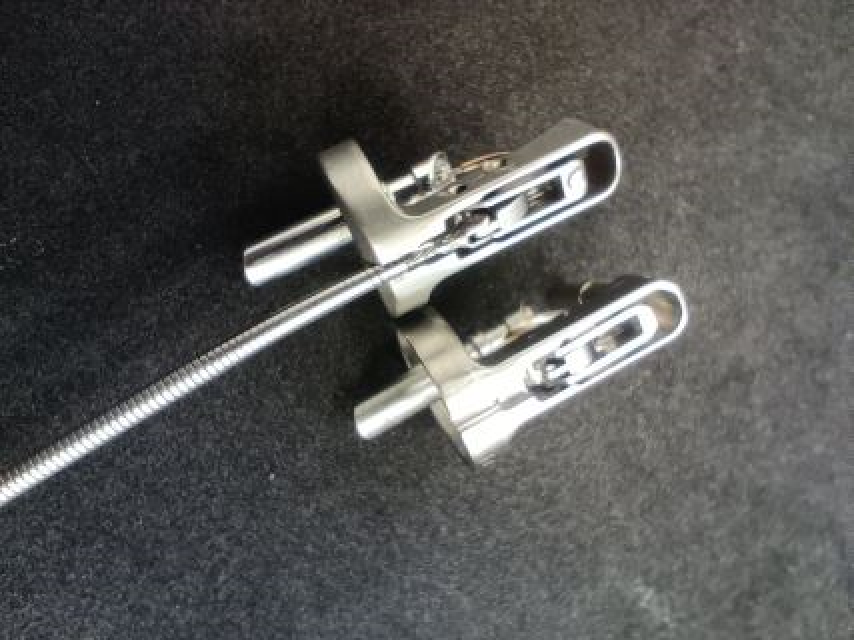As wearable health technology becomes more integral to healthcare and wellness, ergonomics in wearable health tech plays a crucial role in ensuring these devices are comfortable, functional, and user-friendly. A well-designed wearable device not only enhances user adherence but also improves data accuracy and overall effectiveness. This article explores the importance of ergonomics in wearable health tech, key principles for design, and how advancements are shaping the future of this industry.
Table of Contents
What is Ergonomics in Wearable Health Tech?
Ergonomics refers to the science of designing devices, systems, and processes to fit the human body and its cognitive abilities. In wearable health technology, it focuses on creating devices that:
- Provide Comfort: Ensure prolonged use without causing discomfort or irritation.
- Enhance Usability: Offer intuitive controls and interfaces.
- Optimize Fit: Accommodate diverse body shapes and sizes for a secure yet flexible fit.
- Ensure Functionality: Enable seamless integration with daily activities.
Why Ergonomics is Critical in Wearable Health Tech
1. User Adherence
Comfortable and intuitive devices encourage consistent use, which is vital for accurate health monitoring and data collection.
2. Data Accuracy
Improperly fitted wearables can lead to incorrect data readings, compromising their effectiveness in health management.
3. Prevention of Discomfort
Poor design can cause irritation, pressure sores, or even injuries, particularly for wearables used long-term.
4. Enhanced Accessibility
Ergonomic designs ensure usability for individuals with physical limitations or unique body types.
Key Principles of Ergonomics in Wearable Health Tech
1. Fit and Comfort
Wearables must be designed to conform to the body’s contours without being restrictive. Key considerations include:
- Adjustable Straps: Allow customization for various body sizes.
- Soft Materials: Prevent skin irritation during extended use.
- Weight Distribution: Ensure lightweight designs for minimal impact on movement.
2. Ease of Use
Users should intuitively understand how to operate the device without extensive training. Features to consider include:
- Clear Displays: Ensure readability in different lighting conditions.
- Simplified Controls: Use touchscreens or minimal buttons for seamless navigation.
- Haptic Feedback: Provide tactile alerts for notifications or errors.
3. Durability
Wearables must withstand daily wear and tear while maintaining functionality. Important aspects include:
- Water Resistance: Protect devices from sweat or accidental exposure to moisture.
- Impact Resistance: Prevent damage from drops or impacts.
- Flexible Components: Ensure durability while maintaining comfort.
4. Biocompatibility
Materials must be safe for prolonged skin contact, avoiding allergic reactions or irritations. Features to consider:
- Hypoallergenic Materials: Use medical-grade silicone or other non-reactive materials.
- Breathability: Allow air circulation to reduce sweat accumulation.
5. Seamless Integration
Wearables should not interfere with the user’s daily activities or clothing choices. Design features include:
- Discrete Appearance: Create sleek, unobtrusive designs.
- Flexible Placement: Offer versatile wearing options (e.g., wrist, chest, ankle).
Advancements in Ergonomics for Wearable Health Tech
1. Flexible Electronics
Flexible circuits and sensors enable wearables to bend and stretch with body movements, enhancing comfort and functionality.
Example: Fitness bands that adjust seamlessly during intense activities like running or yoga.
2. AI-Driven Customization
AI-powered algorithms analyze user data to recommend personalized settings for fit and functionality.
Example: Smartwatches that adjust notifications or settings based on the user’s habits and preferences.
3. 3D Printing
3D printing allows manufacturers to create custom-fitted wearables tailored to individual body measurements.
Example: Prosthetics and orthotics designed for precise anatomical compatibility.
4. Lightweight Power Sources
Innovations in battery technology have led to smaller, lighter batteries, reducing the overall weight of wearables.
Example: Thin-film lithium batteries used in smart rings and lightweight wearables.
Applications of Ergonomics in Wearable Health Tech
1. Continuous Health Monitoring
Devices like smartwatches and fitness trackers rely on ergonomic designs for all-day wearability.
Key Features:
- Comfortable wristbands.
- Intuitive touchscreens for easy navigation.
2. Clinical Wearables
Wearables designed for medical use, such as ECG monitors or continuous glucose monitors (CGMs), prioritize fit and reliability.
Key Features:
- Adhesive patches with breathable materials.
- Discreet designs for under-clothing use.
3. Rehabilitation Wearables
Devices supporting physical therapy or injury recovery benefit from ergonomic considerations to ensure patient compliance.
Key Features:
- Adjustable straps for secure placement.
- Lightweight designs for extended use.
4. Pediatric Wearables
Children’s wearables must balance functionality with playful and comfortable designs to encourage consistent use.
Key Features:
- Bright, engaging colors.
- Soft, hypoallergenic materials.
Challenges in Achieving Ergonomic Excellence
1. Diverse User Needs
Catering to a wide range of body types, activity levels, and health conditions can be challenging.
Solution: Conduct extensive user testing across diverse demographics to refine designs.
2. Balancing Features and Comfort
Adding advanced features often increases size or weight, potentially compromising comfort.
Solution: Leverage miniaturization and lightweight materials to balance functionality with wearability.
3. Cost Constraints
Ergonomic designs can increase production costs, potentially affecting affordability.
Solution: Optimize manufacturing processes and prioritize features based on target audience needs.
Future Trends in Ergonomics for Wearable Health Tech
1. Biodegradable Materials
Eco-friendly, biodegradable materials will enhance sustainability without compromising comfort.
2. Adaptive Wearables
AI-powered wearables that adjust fit, temperature, or functionality in real time based on user activity.
3. Smart Fabrics
Integration of sensors into fabrics for seamless, second-skin wearables.
4. Universal Designs
Wearables designed to be inclusive and adaptable to all body types, ages, and abilities.
Best Practices for Manufacturers
- Involve Users Early: Engage end-users during the design process to identify pain points and preferences.
- Focus on Testing: Conduct rigorous testing for comfort, durability, and usability across diverse populations.
- Prioritize Sustainability: Use eco-friendly materials and processes without compromising quality.
- Iterate Designs: Continuously refine based on user feedback and technological advancements.
Conclusion: The Role of Ergonomics in Wearable Health Tech
Ergonomics is the backbone of successful wearable health tech design. By prioritizing comfort, usability, and functionality, manufacturers can create devices that enhance user experience, improve adherence, and ultimately deliver better health outcomes. As the industry continues to evolve, ergonomic innovation will remain essential in shaping the future of wearable healthcare.
Related Article: Learn more about medtech advancements in our Optical Medical Device Commercialization Guide.
What ergonomic features do you value most in wearable health devices? Share your thoughts or questions below!




 430 Park Ave, New York, NY 10022, USA
430 Park Ave, New York, NY 10022, USA Paevalille tn 6, Office 84, Estonia, Tallinn, 13517
Paevalille tn 6, Office 84, Estonia, Tallinn, 13517 Barykadna St 7, Dnipro, Ukraine, 49000
Barykadna St 7, Dnipro, Ukraine, 49000